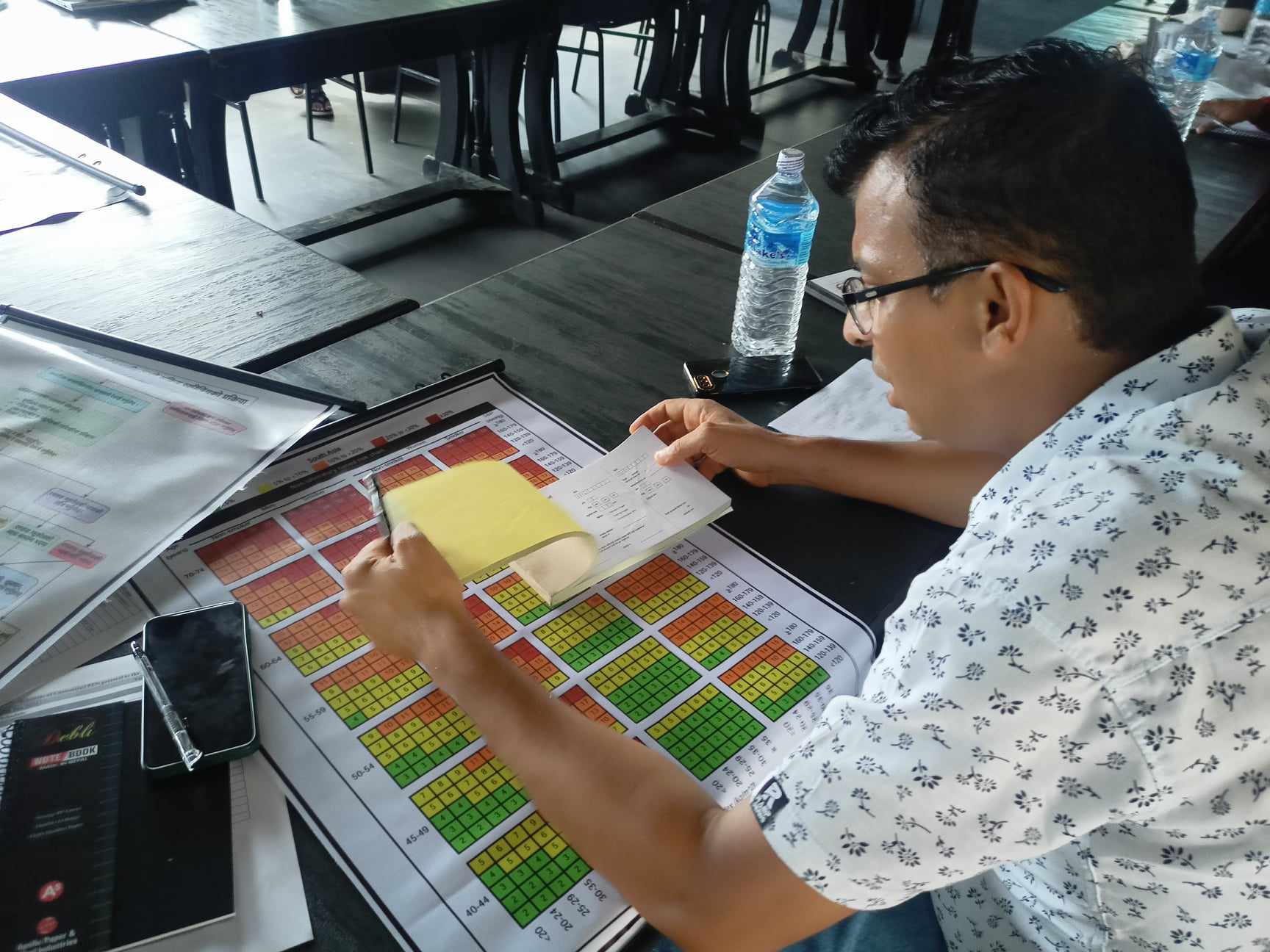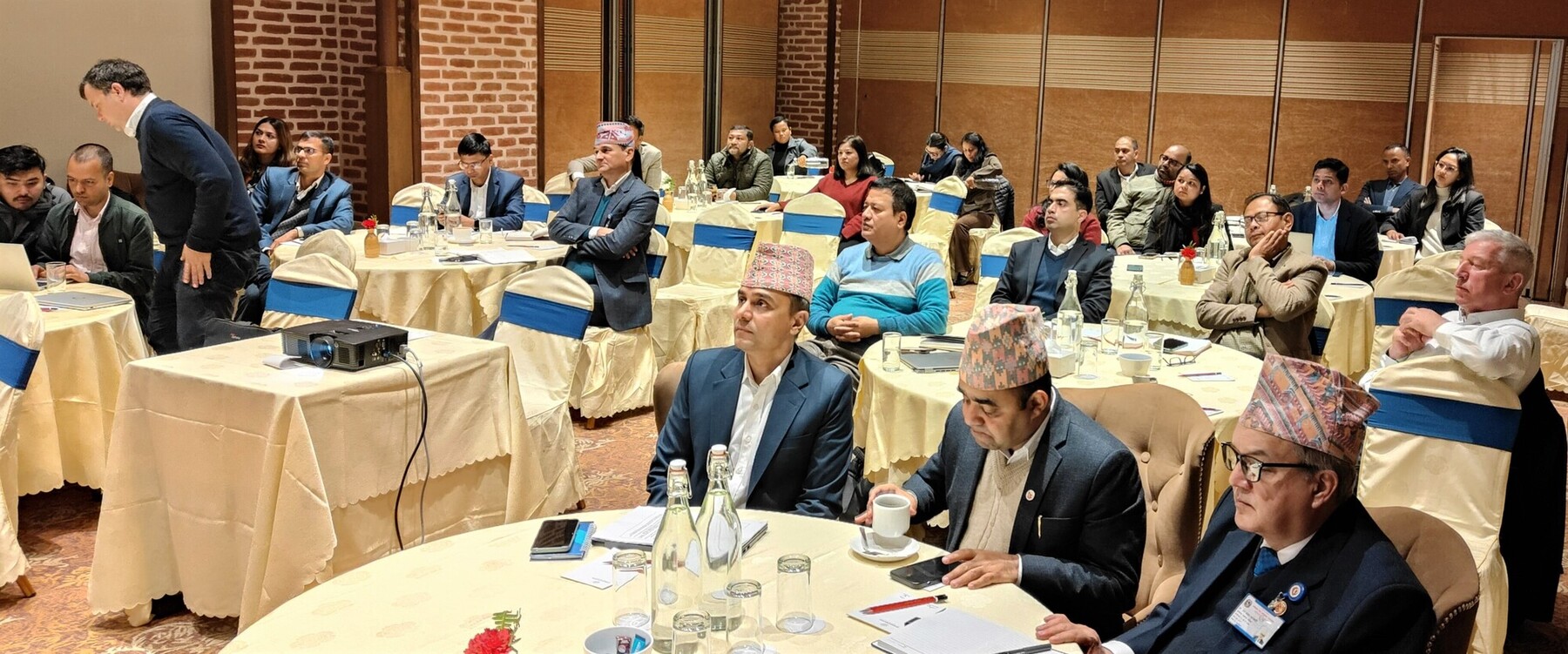By Subash Kumar Bhattarai and Uttam Neupane
Climate retrofitting is the process of improving the ability of existing buildings and systems to better withstand and respond to the effects of climate change
In Nepal, the structural design of public health infrastructures is based on the norms of the Nepal National Building Code whereas the functional parts are based on the Nepal Health Building and Construction Guidelines.
In high seismic risk countries like Nepal, structural retrofitting, a practice to strengthen and reinforce health buildings, can be done to guarantee the resilience of health care facilities.
But in recent years, the effects of climate change too are bringing about new dangers. Nepal is one such country where climate change has abruptly disrupted daily life, with severe impact on livelihoods and public health.
Public health facilities are among the most crucial as they offer basic medical services, even in the face of adversity connected to climate change. A more comprehensive strategy is required because of extreme weather occurrences, changing disease patterns and environmental health hazards. This development has resulted in the conception of a notion known as “climate retrofitting,” which extends beyond the concept of preserving the integrity of the structure to incorporate the entire spectrum of problems relating to climate.
When public health facilities are retrofitted for the climate, it is acknowledged that the concept of resilience extends far beyond the physical building. Climate retrofitting is the process of improving the ability of existing buildings, infrastructure and systems to better withstand and respond to the effects of climate change. It entails alterations and improvements that cut down on energy usage, boost resilience to extreme weather events and improve sustainability.
In the context of climate change adaptation, “retrofitting” refers not only to making buildings stronger but also to ensuring their functionality over the long term and lowering their impact on the environment.
Climate retrofitting takes into consideration a variety of elements that influence the ability of a facility to run efficiently and protect public health by incorporating energy-efficient design components into a building, such as solar panels and passive cooling systems, which can help minimise the carbon footprint of a facility while also ensuring that there is no interruption in the power supply, water management systems that maintain a regular supply of clean water while protecting against flooding and contamination.
Climate retrofitting also provides protection against environmental hazards such as drought, infection control by designing an isolation unit with negative pressure and efficient ventilation systems, triggers for having robust disaster response plans, wellstocked emergency supplies, and healthcare staff.
It also includes protection of environmental health to lessen the negative effects that climate change may have on people’s health, with the management of air quality, disposal of waste and storage of hazardous materials.
As Nepal continues to struggle with the intricacies of climate change, the adaptation of public health facilities to changing weather patterns is no longer an option but rather a requirement. It all comes down to ensuring the safety of communities, preventing loss of life and respecting the principles of health equity.
When it comes to transition from structural retrofitting to climate retrofitting, engineers are at the forefront of the movement.
They should play a crucial part in the process of developing facilities that are able to resist extreme weather events, battle environmental health hazards and ensure that healthcare services are not disrupted. Their competence encompasses not only concrete and steel, but also the entirety of the ecosystem that is necessary for maintaining public health.
Engineering associations and professional organisations may play a crucial role in incorporating climate resilience into a healthcare facility at the planning, design and construction phase through climate resilience training programme, workshops, webinars and seminars. Green construction practices, disaster risk reduction and climate-adaptive design are examples of topics that can be included in such a programme.
They can collaborate among engineers, architects, healthcare professionals and researchers who can create novel solutions to climate resilience concerns. They can advocate and get engaged in preparing necessary policy, guidelines and standards on climate-resilient healthcare facilities. They can collaborate with international engineering organisations and take part in global climate resilience efforts.
They can extend training and capacity-building programmes to engineers and architects in vulnerable communities where climate resilience is particularly critical. They can establish systems for monitoring and evaluating the success of climate-resilient healthcare facility projects by collecting and analysing feedback and data to continuously improve practices and standards.
The universities can develop curriculum to include climate resilience and sustainability principles in building design and construction. Students at undergraduate and graduate levels can be engaged in research activities that increase knowledge and technology in the field of climate resilience in healthcare infrastructure.
By taking these proactive steps, professional engineering bodies and universities can significantly contribute to the development of a workforce of engineers and architects who are well-prepared to plan and design healthcare facilities that can withstand the challenges posed by climate change, ensuring the continued delivery of essential healthcare services to communities despite the adversity.
This article has also been published in The Himalayan Times












Comments (4)
This post is extremely radiant. I extremely like this post. It is outstanding amongst other posts that I’ve read in quite a while. Much obliged for this better than average post. I truly value it! rehabilitation building
This post is extremely radiant. I extremely like this post. It is outstanding amongst other posts that I’ve read in quite a while. Much obliged for this better than average post. I truly value it! rehabilitation building
This post is extremely radiant. I extremely like this post. It is outstanding amongst other posts that I’ve read in quite a while. Much obliged for this better than average post. I truly value it! Reach us at advertising
This post is extremely radiant. I extremely like this post. It is outstanding amongst other posts that I’ve read in quite a while. Much obliged for this better than average post. I truly value it! rehabilitation building